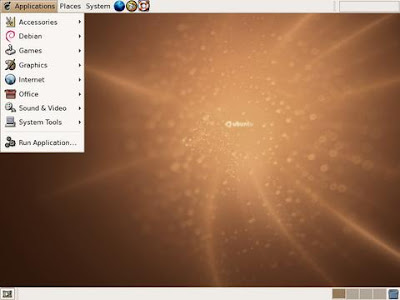Management Styles
Managing people or being managed is always more successful if you can determine what type of management style is in play. Each manager is going to manage their team differently but generally most follow one of several common management styles. Typically we see two management styles that are most common in the workplace. Authoritarian or Autocratic management styles take little input from the group and merely hand out orders. The manager using an autocratic or authoritarian management style typically expects their directions to be followed with little or no discussion or questions. This style of management works best when managing large numbers of employees doing similar simple jobs. Another style of management is the participative or democratic management style. This style involves taking input from the team of employees, the manager then considers the ideas brought forth and makes the final decision. While this style is sometimes called democratic it really is not because in the end the manager makes the final decisions. Participative management is a more proper way to describe this management style. This style works great when managing a smaller team of highly skilled individuals.

.jpg)

.jpg)


